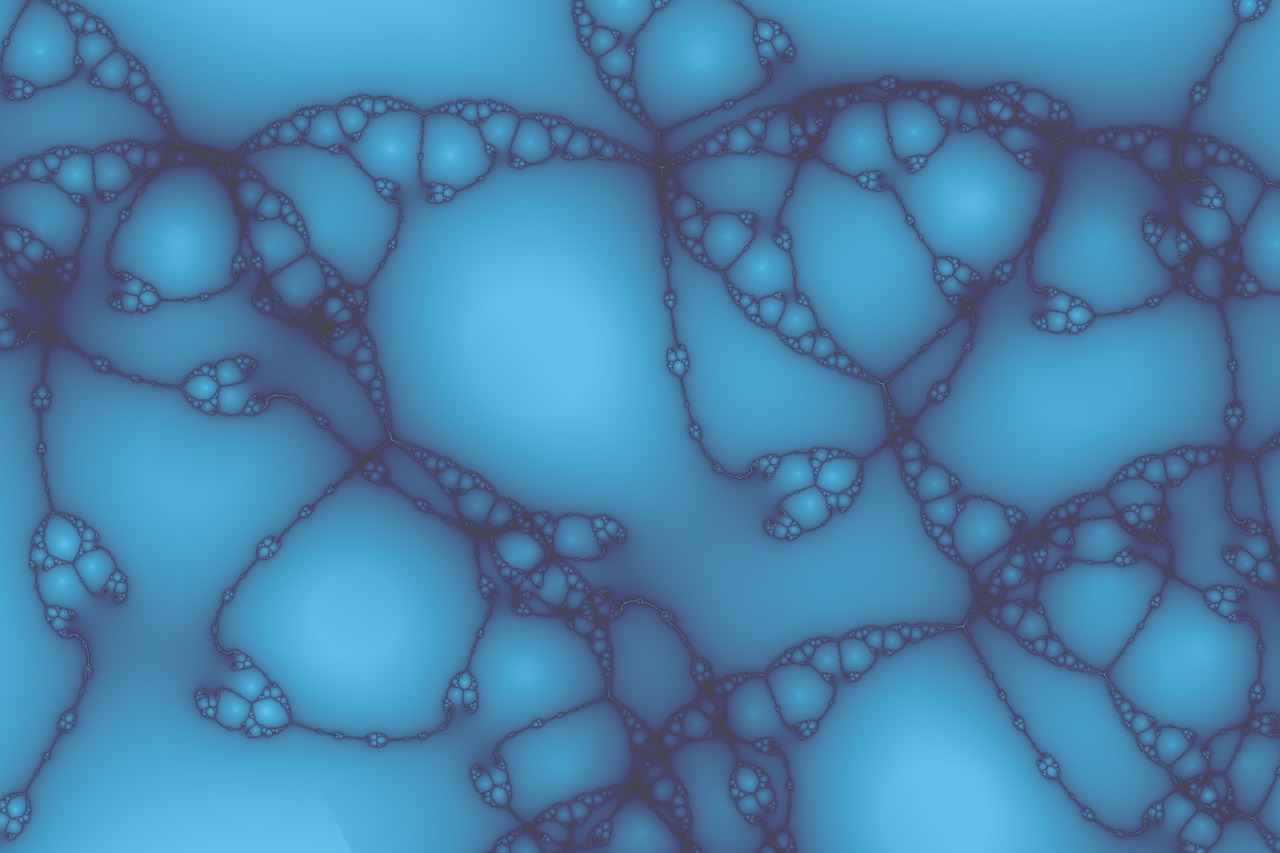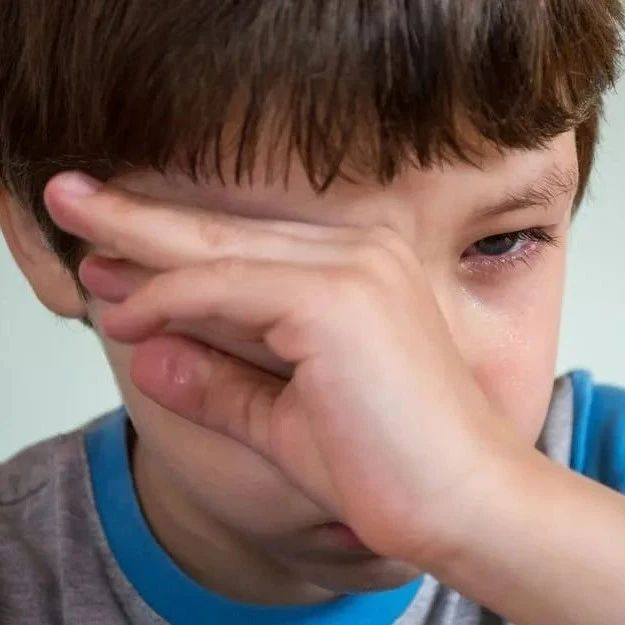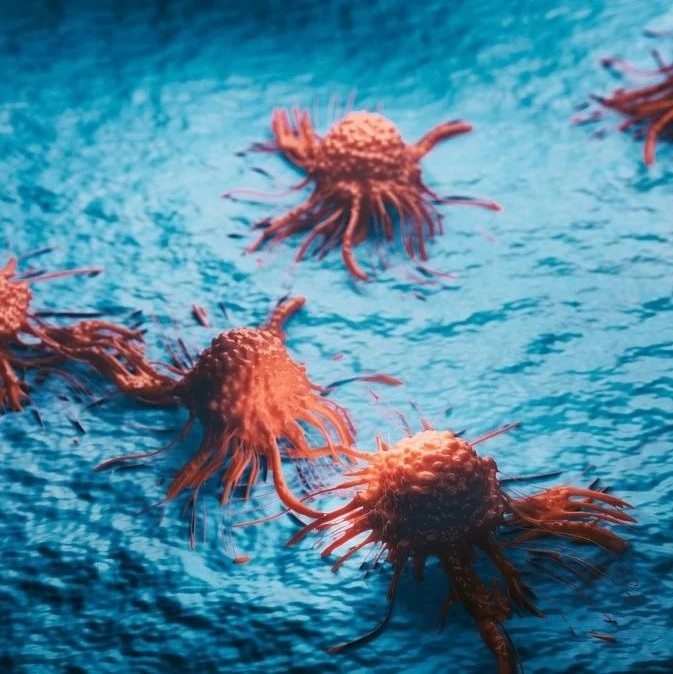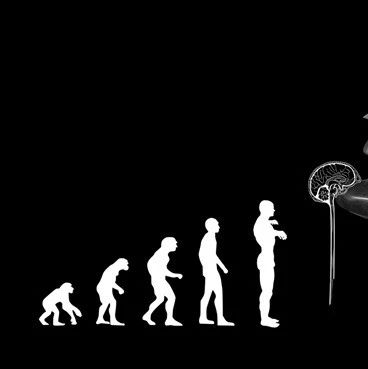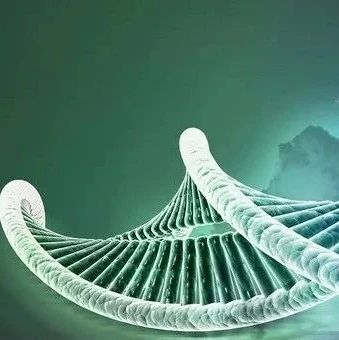据美国物理学家组织网7月19日(北京时间)报道,人们一般认为,致癌基因是一些在变异时将健康基因变成癌症肿瘤细胞的基因,然而美国科学家的最新研究却表明,致癌基因也能将健康的细胞变成类似于干细胞的细胞,科学家可以据此研发出更安全实用的干细胞疗法来治疗多发性硬化症和癌症等疾病。
南加州大学克可医学院的病理学副教授钟江(音译)和加州橘子郡儿童医院、纽约好撒玛利亚医院医学中心的科学家通过抑制被致癌基因所编码的p53蛋白的表达,成功地将人体的皮肤细胞变成为脑细胞。这项最新研究表明,p53的变异有助于确定细胞的命运——让细胞成为好细胞还是坏细胞,而不仅仅是变成癌细胞。
钟江表示:“现实比我们的想象更加复杂。什么是干细胞基因?什么是癌症基因?它们可能是同一个事物。”研究发表在7月18日出版的《美国国家科学院院刊》上。
钟江解释道,当关闭p53时,人们认为这种细胞会变成癌细胞,因为人们倾向于专注于不好的事物,实际上,这种细胞也会变成“好”细胞。细胞就像一个失业的人,他可能铤而走险变成一名罪犯,也可能找到另一份工作并为社会作出新贡献,但是我们还不知道是什么原因将他推向不同的道路,因为环境很复杂。
干细胞能分裂和分化为身体内不同类型的细胞。在人体内,胚胎干细胞会分化成3个细胞胚层,迄今为止,我们还不知道特定的干细胞为何以及如何分化成特定的胚层,然而,组织和器官都从这些胚层发育而来。例如,内胚层会形成胃、结肠和肺;而中胚层则会形成血液、骨头和心脏组织。在最新研究中,钟江团队使用的人体皮肤细胞则同由外胚层形成的大脑和神经细胞有关。
在研究中,当科学家将p53细胞抑制时,皮肤细胞发育成看起来非常像人类胚胎干细胞的细胞,但是与其他“多能”且能变成身体内任何细胞类型的人造干细胞不同,这些类似于人类胚胎干细胞的细胞仅分化为同样由外胚层形成的细胞。
钟江说:“诱导多功能干细胞能变成任何细胞,而我们的细胞停留在外胚层系内。”他希望抑制细胞其他胚层的其他致癌基因可以有同样的效果,如果真是如此,那将对干细胞疗法具有重要的意义。
总编辑圈点
癌细胞是生命的终点,干细胞是生命的起点。它们有一点是相同的:能不断自我复制。早先就有人猜测,这种相似性缘于某种特定机制。p53是一种可以阻止受损伤DNA复制的基因,去年科学家曾发现,如果p53失效,肿瘤细胞就会获得像干细胞一样的永久生存性。由此,癌细胞和干细胞之间架起了理论的桥梁。而本次美国学者的新发现,进一步确认了p53在细胞永生性方面的关键角色——它的失效可能会制造出让人厌恶的细胞,也可能制造出希望之星。差别何来?其中道理一旦阐明,我们就可能利用它来抑制癌细胞,并且更方便地制造干细胞。
生物探索推荐英文原文:
Cancer cells and stem cells share same origin: study
"The reality may be more complicated than people think," said Jiang F. Zhong, Ph.D., assistant professor of pathology at the Keck School. "What is a stem cell gene? What is a cancer gene? It may be the same thing."
Zhong and colleagues at the Children's Hospital of Orange County (CHOC) in California and Good Samaritan Hospital Medical Center in New York successfully converted human skin cells into brain cells by suppressing the expression of p53, a protein encoded by a widely studied oncogene. This suggests that p53 mutation helps determine cell fate — good or bad — rather than only the outcome of cancer.
The study is slated to appear in the online edition of Proceedings of the National Academy of Sciences, a peer-reviewed scientific journal, the week of July 18, 2011.
"When you turn off p53, people think the cell becomes cancerous because we tend to focus on the bad thing," Zhong said. "Actually, the cell becomes more plastic and could do good things, too. Let's say the cell is like a person who loses his job (the restriction of p53). He could become a criminal or he could find another job and have a positive effect on society. What pushes him one way or the other, we don't know because the environment is very complicated."
Stem cells can divide and differentiate into different types of cells in the body. In humans, embryonic stem cells differentiate into three families, or germ layers, of cells. The reasons why and how certain stem cells differentiate into particular layers are not clearly understood. However, from those layers, tissues and organs develop. The endoderm, for example, leads to formation of the stomach, colon and lungs, while the mesoderm forms blood, bone and heart tissue. In its study, Zhong's team examined human skin cells, which are related to brain and neural cells from the ectoderm.
When p53 was suppressed, the skin cells developed into cells that looked exactly like human embryonic stem cells. But, unlike other man-made stem cells that are "pluripotent" and can become any other cells in the body, these cells differentiated only into cells from the same germ layer, ectoderm.
"IPSCs [induced pluripotent stem cells] can turn into anything, so they are hard to control," Zhong said. "Our cells are staying within the ectoderm lineage."
Zhong said he expects that suppressing other oncogenes in other families of cells would have the same effect, which could have critical significance for stem cell therapy. Future research should focus on determining which genes to manipulate, Zhong said.


